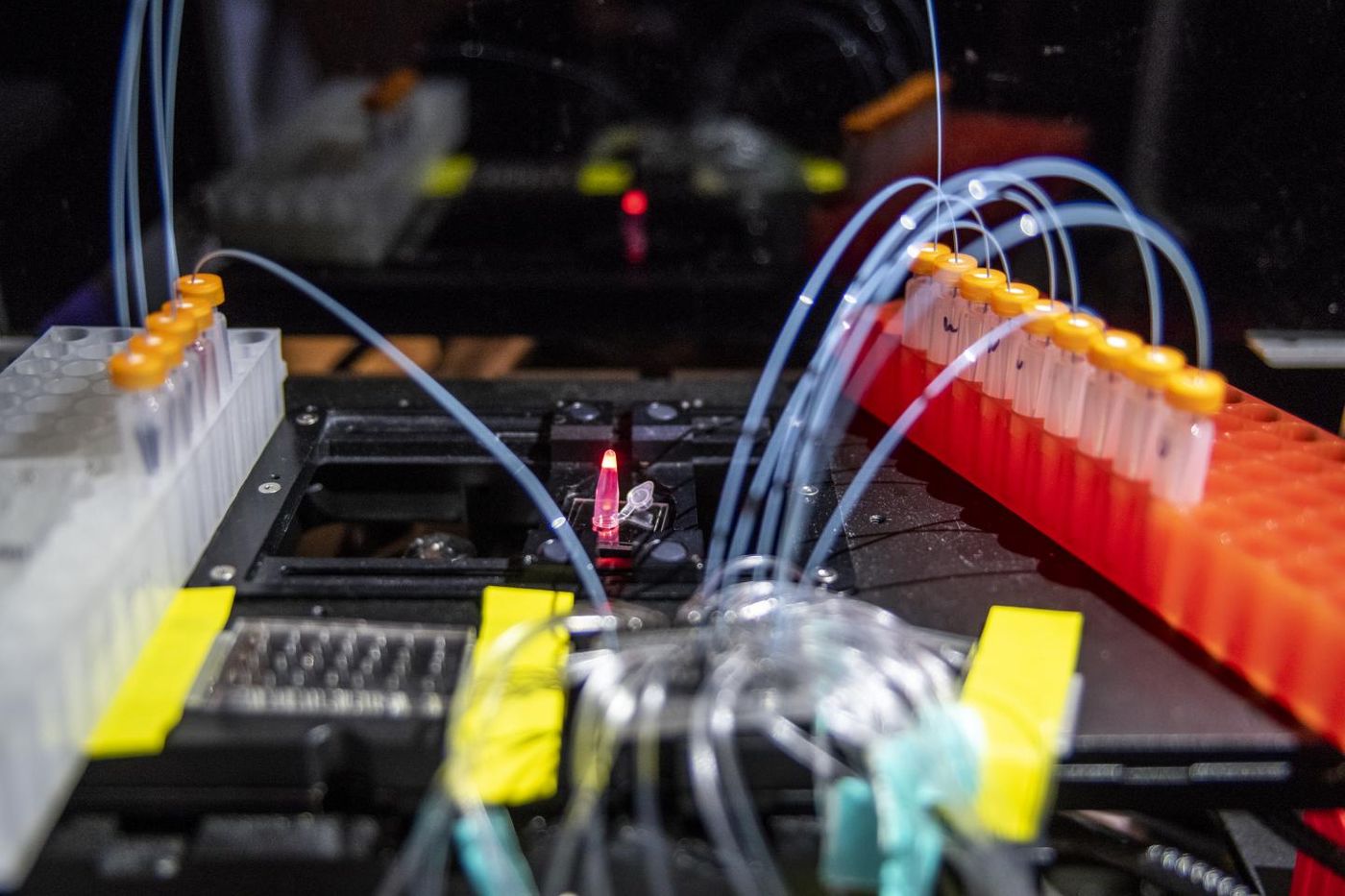New, Non-toxic Technique to Synthesize DNA
Researchers have figured out a way to synthesize DNA without toxic chemicals, and their approach is easy, fast and accurate. Scientists at the University of California, Berkeley, and Lawrence Berkeley National Laboratory say their method can make DNA strands that are ten times longer than what can now be created in labs. Their technique, which could be adapted for a device that is comparable to a 3D printer, might be a standard part of research labs one day.
"If you're a mechanical engineer, it's really nice to have a 3D printer in your shop that can print out a part overnight so you can test it the next morning. If you're a researcher or bioengineer and you have an instrument that streamlines DNA synthesis, a 'DNA printer,' you can test your ideas faster and try out more new ideas. I think it will lead to a lot of innovation," explained UC Berkeley graduate student Dan Arlow.
Arlow worked with visiting graduate student Sebastian Palluk of the Technische Universität Darmstadt in Germany to report their findings in the July issue of Nature Biotechnology.
"I personally think Dan and Sebastian's new method could revolutionize how we make DNA," said Jay Keasling, a UC Berkeley professor of chemical and biomolecular engineering, senior faculty scientist at Berkeley Lab and chief executive officer of the Department of Energy's Joint BioEnergy Institute in Emeryville, California, where the research was conducted.
Keasling’s lab members are experts at adding genes to microorganisms like yeast or bacteria so that they will manufacture stuff like drugs or fuels. This work can help them accelerate the pace of their work.
"We believe that increased access to DNA constructs will speed up the development of new cures for diseases and simplify the production of new medicines," Palluk said.
The current laboratory tools used to synthesize DNA have technical limitations, and they are old. Longer strands of DNA often have to be made by stitching small pieces together, which is labor-intensive. Some companies can make lengthy strands, but they are costly and take time. For synthetic biology research, having to use such a service for every gene that is being tested is not realistic.
"As a student in Germany, I was part of an international synthetic biology competition, iGEM, where we tried to get E. coli bacteria to degrade plastic waste. But I soon realized that most of the research time was spent just getting all the DNA together, not doing the experiments to see if the engineered cells could break down the plastic. This really motivated me to look into the DNA synthesis process," Palluk explained.
The researchers use a special molecule for their technique. Cells usually use a polymerase to copy DNA from the existing template, but there is a unique enzyme that is able to add all of the four nucleotide bases to a strand of DNA, called deoxynucleotidyl transferase (TdT), which is naturally used by the immune system. TdT works quickly too, extending strands by about 200 bases every minute, said Palluk.
"We have come up with a novel way to synthesize DNA that harnesses the machinery that nature itself uses to make DNA," Palluk said. "This approach is promising because enzymes have evolved for millions of years to perform this exact chemistry."
While other research groups have attempted to use this enzyme for DNA synthesis, it’s an unruly molecule that has proven difficult to harness.
Arlow had a new idea; a special molecule was tethered to TdT to get it under control. After they tested their new technique, the researchers found that they could synthesize a molecule that was one thousand bases long, with 99.9% fidelity.
“By directly synthesizing longer DNA molecules, the need to stitch oligonucleotides together and the limitations arising from this tedious process could be reduced. Our dream is to directly synthesize gene-length sequences and get them to researchers within few days,” Palluk said.
"Our hope is that the technology will make it easier for bioengineers to more quickly figure out how to biomanufacture useful products, which could lead to more sustainable processes for producing the things that we all depend on in the world, including clothing, fuel, and food, in a way that requires less petroleum," Arlow added.
Sources: AAAS/Eurekalert! via University of California, Berkeley, Nature Biotechnology










